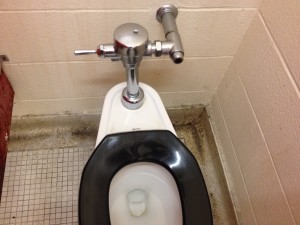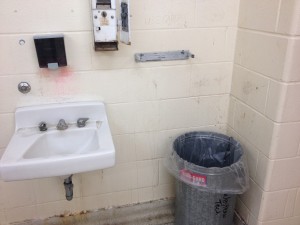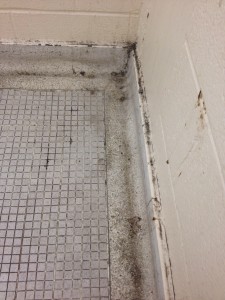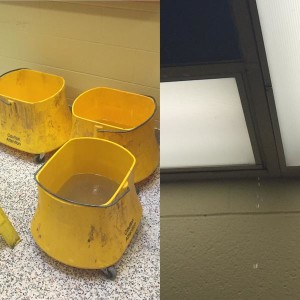Throughout the federal election campaign, you will likely have many opportunities to speak with candidates and MP’s. We encourage you to take the opportunity to let them know you consider public schools an integral part of our public infrastructure.
Potential conversation starters:
- Federal money is being designated for transit and even community hubs such as curling rinks and hockey arenas…it would be great to see public schools receiving similar infrastructure money from the federal government.
- Vancouver public schools need $1-billion in upgrades to make them safe in case of earthquakes; Ontario public schools have almost $15-billion of outstanding repairs … so from east to west in this country, there is disrepair in our country’s public schools that must be addressed.
Potential questions:
- Do you view public schools as an important part of this country’s public infrastructure?
- Would you consider accessing federal infrastructure dollars to address disrepair in Canada’s public schools?
- Given the almost $15-billion in outstanding repairs plaguing Ontario public schools, what advice would you give to the provincial government regarding funding for public schools in this province?
We hope this makes it easy for you to engage with politicians during this federal election campaign. Please email us additional questions or conversation starters to share!





